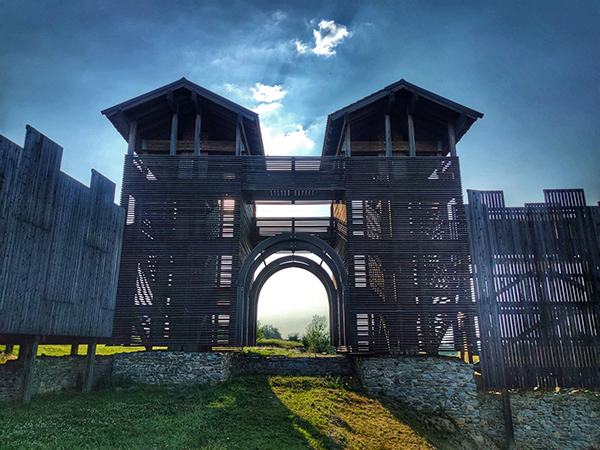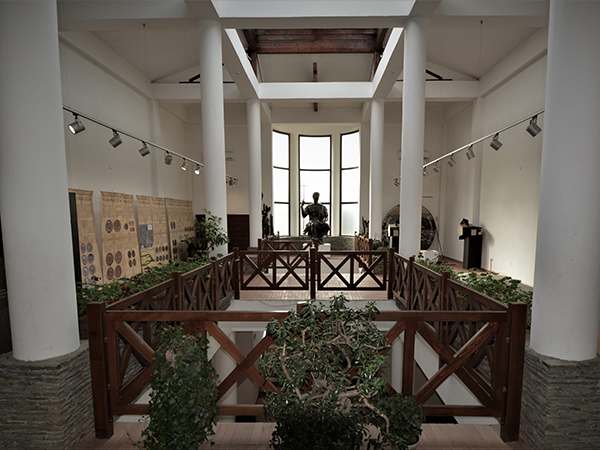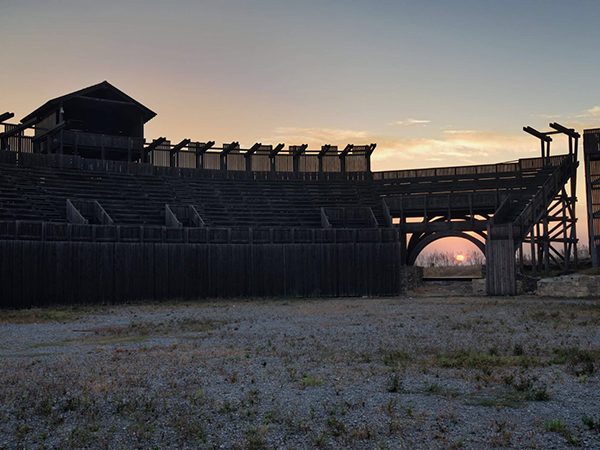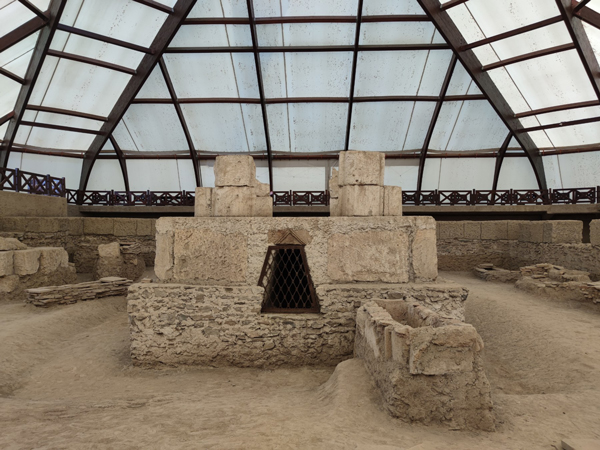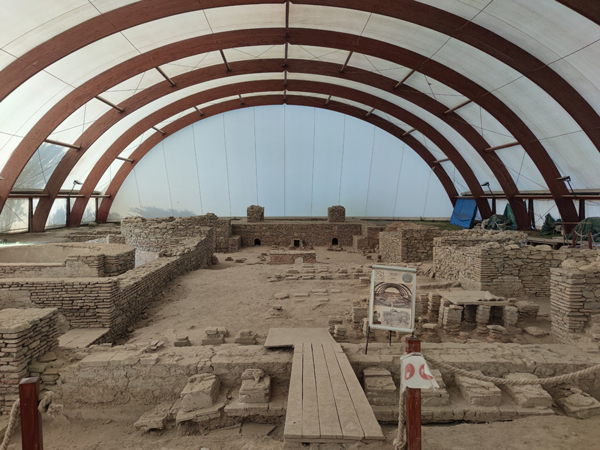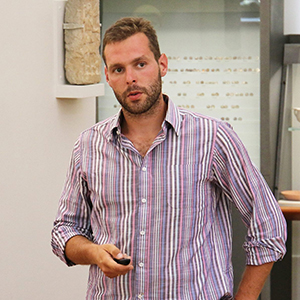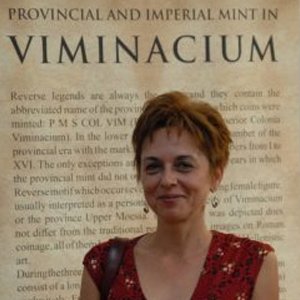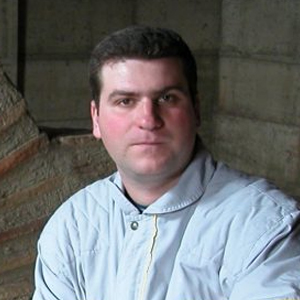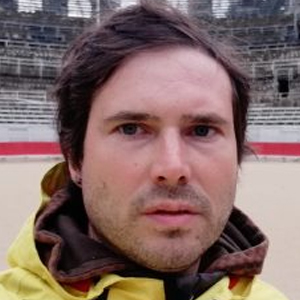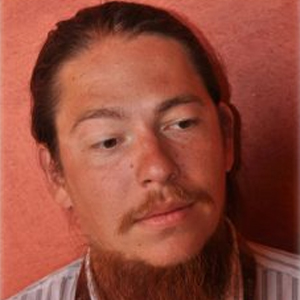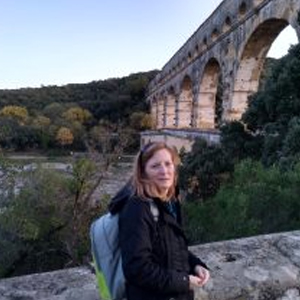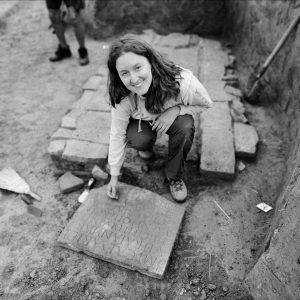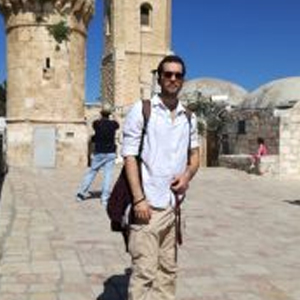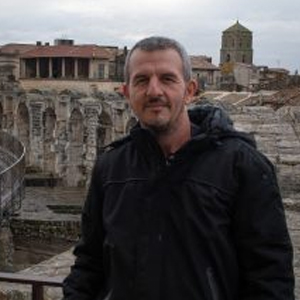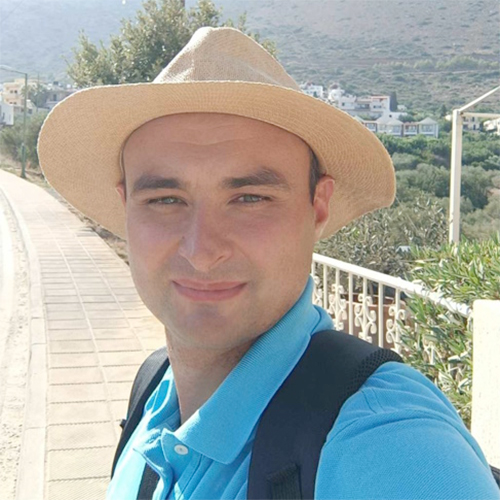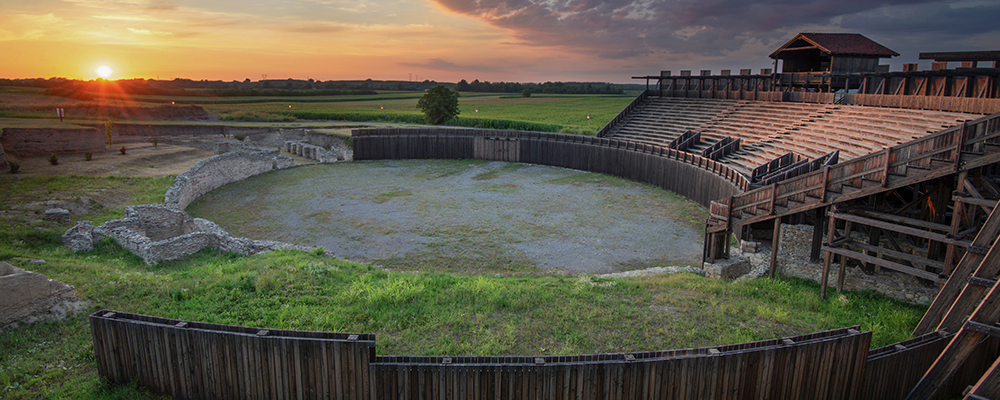
VIMINACIUM, ROMAN CITY AND LEGIONARY CAMP
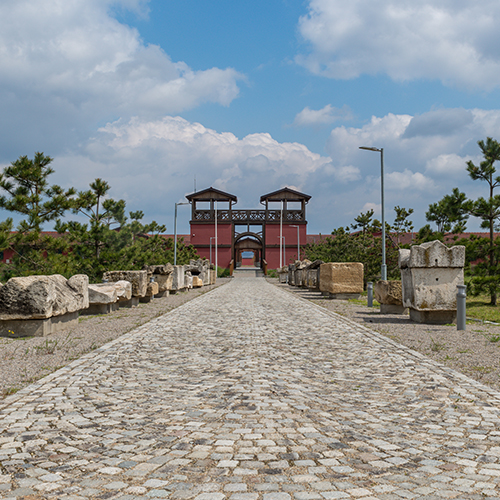
Project Title: VIMINACIUM, ROMAN CITY AND LEGIONARY CAMP
Project manager: PhD SNEŽANA GOLUBOVIĆ
Associates:
PhD Aleksandar Bošković, Principal Research Fellow
PhD Bebina Milovanović, Senior Research Assosiate
PhD Milica Tapavički-Ilić, Principal Research Fellow
PhD Mirjana Vojvoda, Senior Research Assosiate
PhD Dragana Gavrilović, Senior Research Assosiate
PhD Nemanja Mrđić, Senior Research Assosiate
PhD Jelena Anđelković Grašar, Senior Research Assosiate
PhD Emilija Nikolić, Research Assosiate
PhD Sanja Pilipović, Senior Research Assosiate
PhD Olivera Ilić, Senior Research Assosiate
PhD Angelina Raičković Savić, Research Assosiate
PhD Saša Redžić, Research Assosiate
PhD Ivan Bogdanović, Research Assosiate
PhD Ilija Danković, Research Assosiate
PhD Ilija Mikić, Senior Research Assosiate
PhD Mladen Jovičić, Research Assosiate
PhD Ivan Gargano, Research Assistant
MA Nina Zdravković, Research Trainee
PhD Ljubomir Jevtović, Research Assosiate
MA Goran Stojić, Research Trainee
MA Milica Marjanović, Assosiate
MA Ivana Kosanović, Assosiate
MA Ana Mitić, Research Assistant
MA Stefan Stančić, Research Trainee
MA Kristina Ponjavić, Research Trainee
MA Bojana Zorić, Research Trainee
PhD Miomir Korać, Principal Research Fellow/Associate
Other institutions involved in the research process:
Centre for New Technologies, Viminacium
Mathematical Institute of the Serbian Academy of Science and Arts, Belgrade
Faculty of Mining and Geology, University of Belgrade
Faculty of Forestry, University of Belgrade
Institute of Nuclear Science „Vinča“
IMS Institute
Faculty of Technology, University of Novi Sad
Institute for Biological Research “Siniša Stanković”
Faculty of Biology, University of Belgrade
Faculty of Dental Medicine, University of Belgrade
Paleogenetics Group Mainz, Johannes Gutenberg University, Mainz, Germany
Institute for Evolutionary Biology, Barcelona, Spain
David Reich Lab, Ancient DNA, Biology, Disease, Harvard Medical School, Boston, USA
Department of Evolutionary Biology, University of Vienna, Austria
Department of Archaeology and Classical Studies, Stockholm University, Sweden
The remains of the ancient city and military camp of Viminacium are located in the territory of the villages of Stari Kostolac and Drmno, at the confluence of the rivers Mlava and Danube, 12 km from Požarevac. The importance of Viminacium lies in the fact that this is the only Roman city with a legionary camp that is not endangered by modern agglomeration and has a wealth of finds contained already in its surface, arable layer. Viminacium was the capital of the Roman province of Upper Moesia (Moesia Superior), the administrative, economic, military and cultural centre of the region on the northern border of the Roman Empire (Limes). The legion VII Claudia (Legio VII Claudia Pia Fidelis) was permanently stationed in the camp at Viminacium, while a river fleet detachment was responsible for the control of the river traffic. At the archaeological site of Viminacium, systematic geophysical surveys, which precede archaeological works, have been in progress for several years now.
Archaeological works at Viminacium today include systematic investigations of the northern gate of the legionary camp (porta praetoria), the monumental city thermae and the ancient amphitheatre, the only Roman amphitheatre in the territory of the former Upper Moesia. Viminacium necropolises, with over 14,000 discovered graves, are among the best researched necropolises of the Roman world.
The construction of the Kostolac B thermal power plant and the expansion of the Drmno opencast mine on the southern and eastern fringes of the archaeological site called for the systematic rescue investigations of the city’s necropolises, communications, aqueducts, the craft centre, suburban settlements and villas.
Viminacium Archaeological Park
The site was opened as an archaeological park at the end of 2006. Within the park, a number of structures that constitute the core of the tourist offer are presented and roofed. These are the northern gate of the legionary camp, the monumental city thermae, part of the eastern necropolis with the imperial mausoleum of Emperor Hostilian and a palaeontological attraction – a completely preserved mammoth skeleton over a million years old.
In the archaeological park, all the infrastructure necessary for the reception of visitors has been built, with Domus Scientiarum Viminacium being the core. The revenues of the archaeological park should improve the maintenance and further the development of the park, as well as enable more advanced archaeological research in the future.
Viminacium Archaeological Park serves as a model according to which archaeological parks of Serbia will be developed in the future and represents the core of the Road of Roman Emperors project.
Geophysical investigations and GIS
Systematic geophysical investigations have been continuously carried out at Viminacium since 2002. A number of methods are combined, which most commonly include georadar, geomagnetic and geoelectric recordings. Geophysical investigations regularly precede all rescue works, and a systematic investigation is conducted on the site of the Viminacium urban core. An area of several tens of hectares has been explored. Some anomalous zones that indicate the presence of a number of buildings and pavements have been detected, which is consistent with the structure of the urban core. It should be noted that in the case of the geomagnetic method, maximum magnetic field values correspond to buildings that had underfloor heating or fireboxes, while the georadar prospection shows that the highest amplitudes of the registered signal correspond to structures built mainly of stone or brick with a lot of binder.
The use of geophysical methods has confirmed and defined the dimensions of the military camp and the city, which were partially discerned in aerial photographs. The ramparts of the city and military camp have been detected at all the suspected directions of their range.
The entire geophysical research is included in a complex database that is combined in the GIS system with a three-dimensional model of the terrain, aerial photographs from various years, as well as maps and plans from earlier and current excavations.
Domvs Scientiarvm Viminacium
A research and tourist centre (Domvs Scientiarvm Viminacium) has been opened at Viminacium. It consists of one wing for the accommodation of the archaeological team, two for the accommodation of visitors and one that contains a documentation centre, i.e., a section with workshops and laboratories for the professional team. The centre has a scientific library with a reading room, a presentation hall and an archaeological museum with depositories, which exhibits late antique frescoes discovered at Viminacium necropolises during archaeological excavations, while the preparation of other representative finds for display is underway. Among other things, the building is designed to function as a conference centre.
In addition to a number of scientific conferences, the building hosted the 9th UNESCO Regional Summit entitled “Contemporary art and reconciliation”, attended by numerous presidents and ministers of south-eastern European countries.
The building, for the construction of which the architect Emilija Nikolić is most responsible, is rated as one of the five greatest accomplishments in Serbia during 2011.
Selected bibliography:
Čanak-Medić, M. 1978: Gamzigrad, kasnoantička palata. Saopštenja XI. Belgrade: Republički zavod za zaštitu spomenika kulture.
Srejović, D. 1983. Gamzigrad, Kasnoantički carski dvorac. Beograd: Srpska akademija nauka i umetnosti.
Srejović, D. Vasić, Č. 1994. Emperor’s Galerius’s buildings in Romuliana (Gamzigrad, eastern Serbia). Antiquité Tardive 2: 123-141.
Srejović, D. 1994. The representations of Tetrarchs in Romuliana. Antiquité Tardive 2: 143-152.
Vasić, Č. 1995: Chronological Relations of Palace and Fortification System of Gamzigrad. in: D. Srejović (ed.) The Age of Tetrarchs. Symposium 4th-9th October 1993. Scientific meetings LXXV. The section for Historical Sciences 24. Belgrade: SANU: 313-323.
Živić, M. 2003. Felix Romuliana. 50 godina odgonetanja. Zaječar: Narodni muzej, Zaječar.
Vasić, M. (ed.) 2006. Felix Romuliana – 50 Years of Archaeological Excavations. Papers from the International Conference, Zaječar. 27th-29th October 2003. Belgrade: Institute of Archaeology; Belgrade. Commitee on Archaeology of Serbian Academy of Sciences and Arts, Belgrade. National Museum, Zaječar.
Brandl, U. Vasić, M. 2007: Roms Erbe Auf Dem Balkan: Spätantike Kaiservillen und Stadtanlagen in Serbien. Mainz am Rhein: Von Zabern.
Popović I. (ed.). 2011. Felix Romuliana – Gamzigrad, Belgrade: Institute of Archaelogy, Belgrade.
Petković, S. 2011. Roman Settlement on Gamzigrad Prior to the Imperial Palace Felix Romuliana. Starinar LXI/2011: 171–190.
Petković, S. 2011. Late Roman Romuliana and Mediaeval Gamzigrad from the end of 4th to 11th centuries AD. in: Keszthely – Fenékpuszta im Kontext spätantiker Kontinuitätsforschung zwischen Noricum und Moesia. Hrsg. O. Heinrich-Tamaska, Castellum Pannonicum Pelsonense, Vol. 2. Budapest – Leipzig – Kesthely – Rahden/Westf. A Magyar Tudományos Akadémia Régészeti Intézete, Geistwissenschaftliches Zentrum Geschichte und Kultur Ostmitteleuropas e. V., Balatoni Muzeum: 267–283.
Pop-Lazić S. 2016. Felix Romuliana/Gamzigrad in the Fifth Century – Results of Recent Research. in: Bugarski I., Heinrich-Tamáska, O. Ivanišević, V. & Syrbe D. (eds): Grenz Übergänge. Spätrömisch, frühchristlich, frühbyzantinisch als kategorien der historisch-archäologischen Forschung an der mittleren Donau – Late Roman, Early Christian, Early Byzantine as Categories in Historical-Archaeological Research on the Middle Danube. Akten des 27. Internationalen Symposiums der Grundprobleme der Frühgeschichtlichen Entwicklung im Mittleren Donauraum, Ruma, 4.-7.11.2015. Forschungen zu Spätantike und Mittelalter 4. Remshalden. Verlag Bernhard Albert Greiner: 231–246.
Đurić, B. Jovanović, D. Pop-Lazić, S. & Prochaska, W. 2018: The Stones of Felix Romuliana (Gamzigrad, Serbia). in: Mateti, P. & Marasović, K. (eds.) Proceedings of the XI ASMOSIA Conference, Split 18 – 22 May 2015. Split: Arts Academy.
Pop-Lazić, S. 2018. Feliks Romulijana (Gamzigrad). u Rimski limes i gradovi na tlu Srbije. ur. M. Korać-
S.Pop-Lazić, 28-35. Beograd: Arheološki institut, 166-172. von Bülow, G. Petković S. (eds). 2020: Gamzigrad-Studien I. Ergebnisse der deutschserbischen Forschungen im Umfeld des Palastes Romuliana. Römisch-Germanischen Forschungen, Band 75. Wiesbaden : Reihert Verlag.


